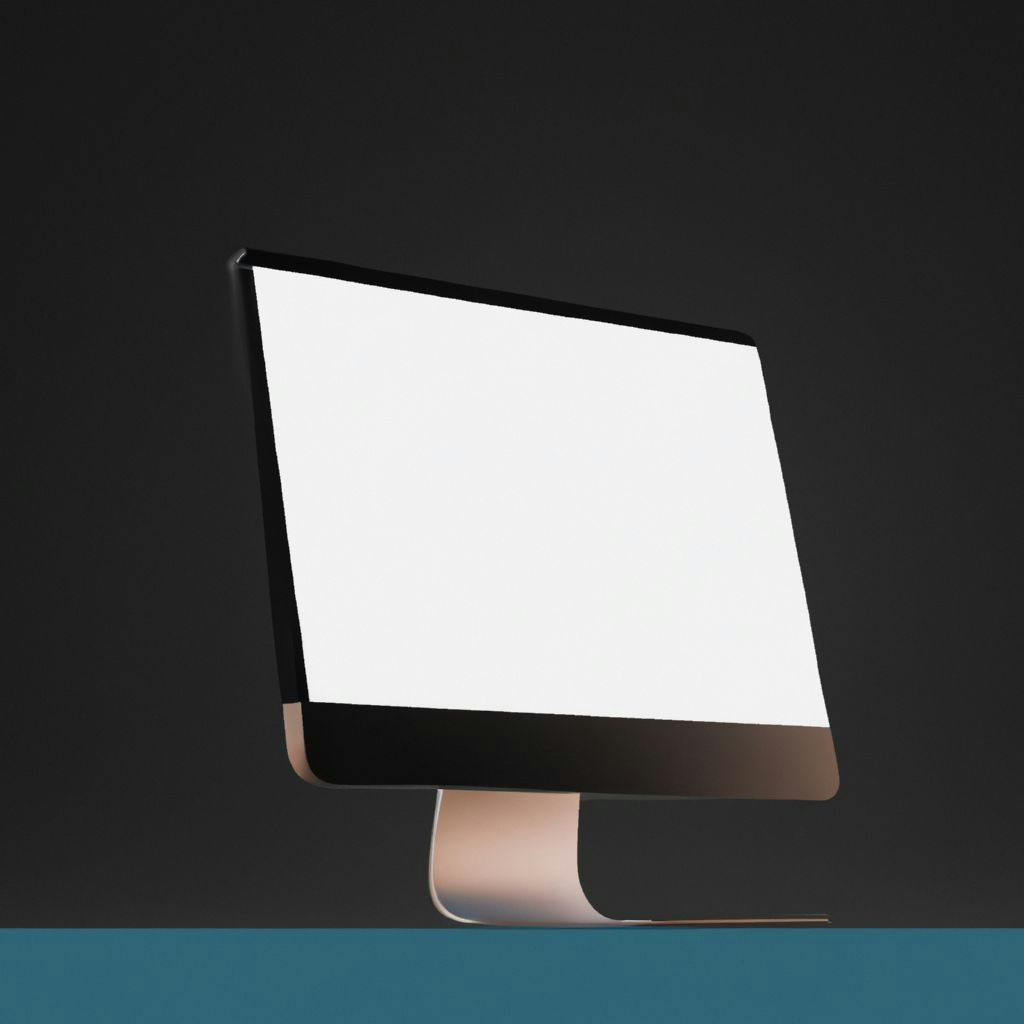Related articles
Understanding the concepts of Domain-Driven Design (DDD)
29 Aug 2024
Domain-Driven Design (DDD) is a powerful strategy for building effective, complex software systems. Conceptualizing abstract domain models often poses challenges. This comprehensive guide serves to decipher the intricacies of DDD, delivering a practical roadmap for software developers and architects.

Tomcat - The Java Application Server
8 May 2023
Tomcat is a popular Java application server that is widely used for deploying and running Java web applications. It is an open source software maintained by the Apache Software Foundation and is known for its simplicity, reliability, and scalability. In this article, we will explore the various features of Tomcat and its architecture, and learn how to deploy and manage web applications on it.
The Benefits of Using AWS Elastic Beanstalk for Hosting
27 Apr 2023
In the world of web development, finding the right hosting solution can be a challenge. AWS Elastic Beanstalk is a platform that can simplify the process by providing all the resources needed to deploy and manage an application. In this article, we'll explore the benefits of using AWS Elastic Beanstalk for hosting, including ease of use, scalability, and cost-effectiveness.
Simplify Your Notifications with Amazon SNS
26 Apr 2023
Learn how Amazon Simple Notification Service (SNS) can help simplify and streamline the way your applications send and receive notifications. Using SNS, you can send messages to multiple endpoints including HTTP/S, email, SMS, Lambda, and more, all with just a few lines of code.
How to Use Snippets in Your Code to Boost Productivity
26 Apr 2023
In programming, time is of the essence. Using code snippets is a smart way to boost productivity and save time. This article will show you how to use code snippets effectively, and how to create your own snippets to maximize efficiency in your code development.
Design Patterns for Object-Oriented Programming
25 Apr 2023
Design patterns are proven solutions to common problems in software design. They provide reusable templates for solving similar problems in different contexts, leading to more modular, flexible, and maintainable code. This article explores some fundamental object-oriented design patterns and their practical applications.
The benefits of long-tail keywords for SEO
3 Sep 2024
Explore the untapped potential of long-tail keywords in your SEO strategy. These specific, less competitive phrases can surprisingly boost your website's visibility. Dive into the intriguing world of long-tail SEO, discover its benefits, and learn to master its power unseen by many.
Show all articles related with #DevOps

